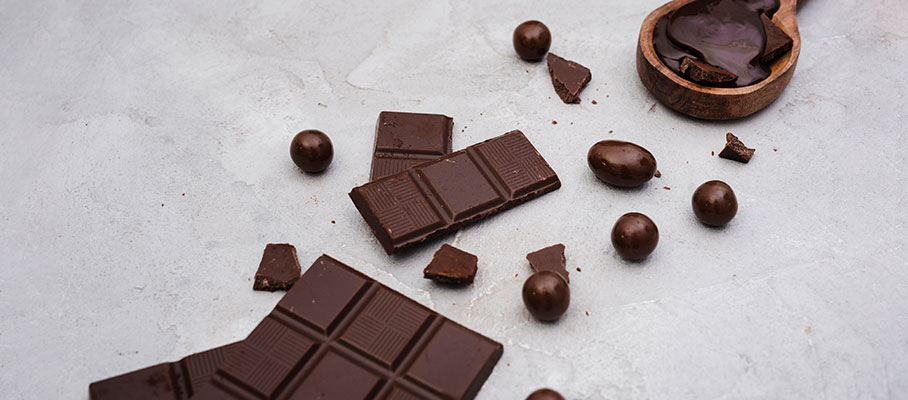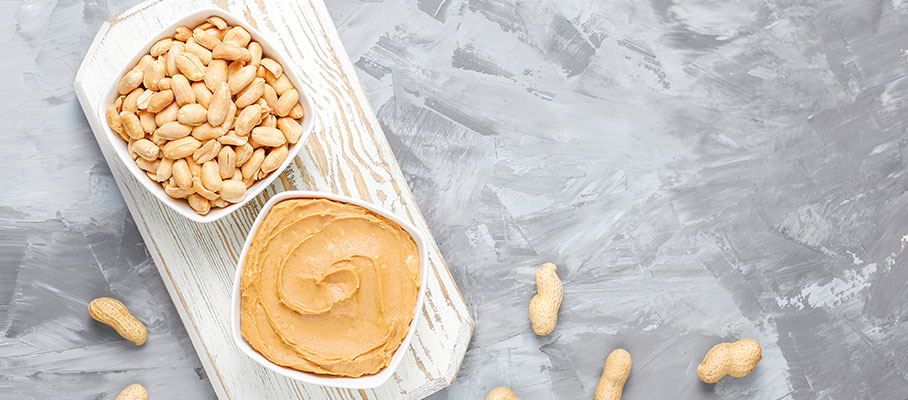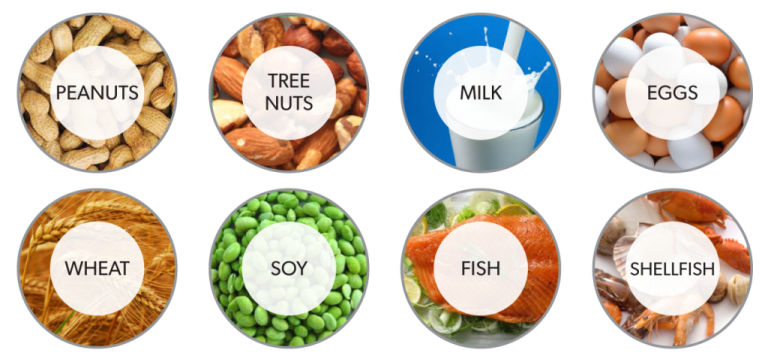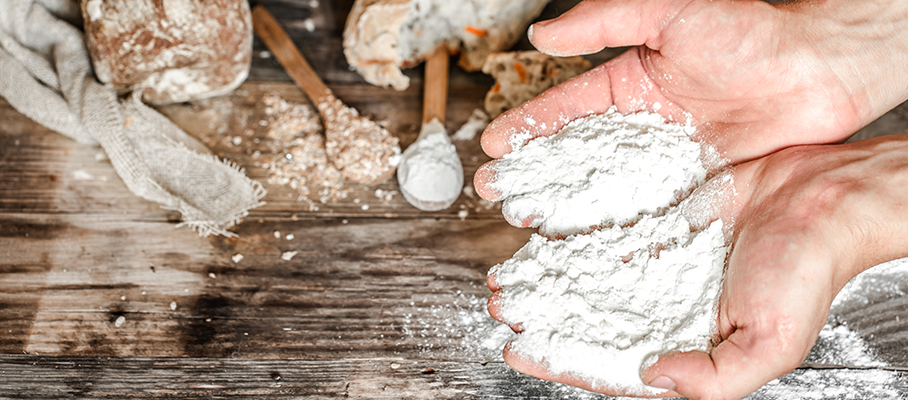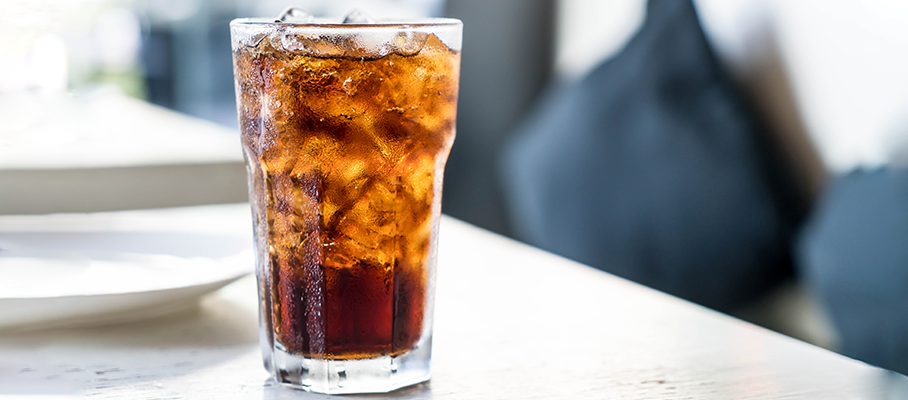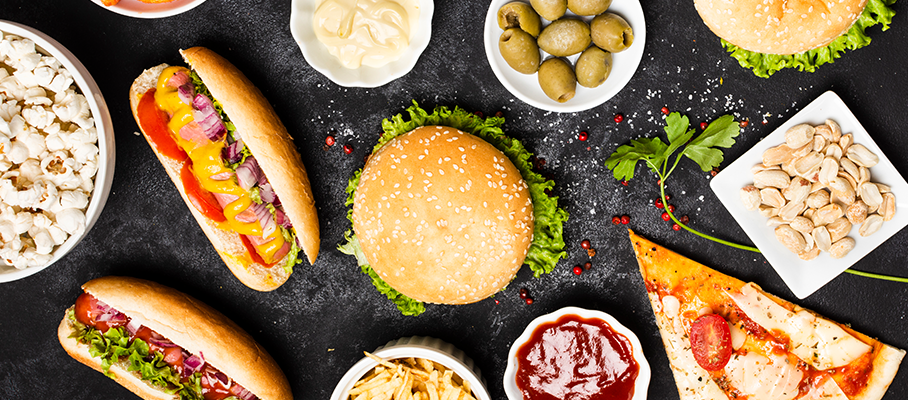Latest Blogs
Why is MAIDA / white flour bad for health?
White Flour or popularly known as MAIDA in India is basically wheat flour that is refined and chemically bleached. During the refining processes, the wheat flour is stripped of precious fibre, B Vitamins and Iron. People regularly consuming MAIDA or White Flour increase their risk for weight gain, obesity, type 2 diabetes, insulin resistance and elevated cholesterol. You could be consuming white flour without actually knowing that these processed foods are made out of Maida. Did you know that the following foods contain white flour? Pizza & Pasta Nans & Rotis Cakes & Cookies Bread Burger Buns Samosa Noodles Doughnuts Choose a healthy & nutritious diet and undergo regular blood parameter investigations to take complete control of your health.
Why is Cola bad for your health?
People who consume carbonated drinks usually consume more than the recommended levels of sugar at one go. While WHO recommends about 24 grams of sugar a day, the source of the sugar should ideally come from healthy sources like fruits, vegetables and even pulses. A doughnut or a slice of cake, just like a Cola has added sugars and is unhealthy. Within the first 10 minutes of consuming a Cola tin, there is an immediate sugar spike in your blood, which in turn leads to a burst in the insulin. This causes your liver to convert all the available sugars in to fat. This is the reason why people who regularly consume Cola have higher BMI, weight gain, higher total fat and obesity. Cola also has phosphoric acid which binds with calcium and magnesium in your blood. High sugar content coupled with artificial sweeteners increase the urinary excretion of calcium. Also, since Cola is a diuretic, all the nutrients, the bound calcium and magnesium get excreted through urine. These nutrients which otherwise would have been used by our body for building strong bones and teeth. Limit consumption of Colas or just avoid it entirely. Go for regular health check-ups, monitor your health parameters, consume a balanced diet and exercise regularly.
Why Trans fats the worst type of fat you can consume?
Trans fats are linked to raise the LDL cholesterol levels in your blood and lower your good (HDL) cholesterol levels. Regular consumption of foods rich intrans fats increases your risk of developing type 2 diabetes, heart disease and stroke. What foods should I avoid? Trans fats can exist in any and all foods that you may consume. If the packet of muffin or chips that you are having does not list Trans Fat as an ingredient, check for partially hydrogenated oil. It is the one and the same and detrimental for your health. Did you know that the very commonly used Vanaspati or Dalda is a Trans fat? Next time you grab fried foods like Samosas, Bhaturas and vadas from the street, remember that it is fried in repeatedly used oils and may contain fats that are detrimental to your health. Doughnuts, cookies, crackers, muffins, pies and cakes are examples of foods that may contain trans fat. How do you control Trans Fat? Limit how frequently you eat them. Limit commercially fried foods and baked goods made with shortening or partially hydrogenated vegetable oils. Be sure to check your lipid profile. Regularly monitoring your total fats will give you an assessment of your cardiac health.
How much fat does your regular Samosa contain?
The big fat Indian Samosa is devoured by one and all. Each samosa contains about 25 grams of fat which is equal to the calories that is found in one large slab of butter. More important to note is that Samosas brought from roadside and street vendors are usually fried repeatedly in the same oil and contains unhealthy levels of trans fats. Monitor your total fat and lipids to be sure of your heart health!
What are Trans Fats and How Should I avoid them?
Trans fats are linked to raise the LDL cholesterol levels in your blood and lower your good (HDL) cholesterol levels. Regular consumption of foods rich intrans fats increases your risk of developing type 2 diabetes, heart disease and stroke. What foods should I avoid? Trans fats can exist in any and all foods that you may consume. If the packet of muffin or chips that you are having does not list Trans Fat as an ingredient, check for partially hydrogenated oil. It is the one and the same and detrimental for your health. Did you know that the very commonly used Vanaspati or Dalda is a Trans fat? Next time you grab fried foods like Samosas, Bhaturas and vadas from the street, remember that it is fried in repeatedly used oils and may contain fats that are detrimental to your health. Doughnuts, cookies, crackers, muffins, pies and cakes are examples of foods that may contain trans fat. How do you control Trans Fat? Limit how frequently you eat them. Limit commercially fried foods and baked goods made with shortening or partially hydrogenated vegetable oils. Use oils like Olive, Canola and Liquid vegetable oils Add fresh vegetables and fruits to every meal Say NO to products that list Trans Fat on their label Reduce the intake of instant meals and frozen food Be sure to check your lipid profile. Regularly monitoring your total fats will give you an assessment of your cardiac health.




